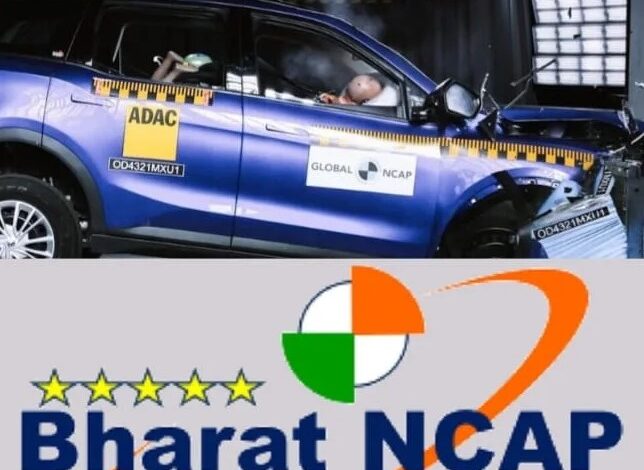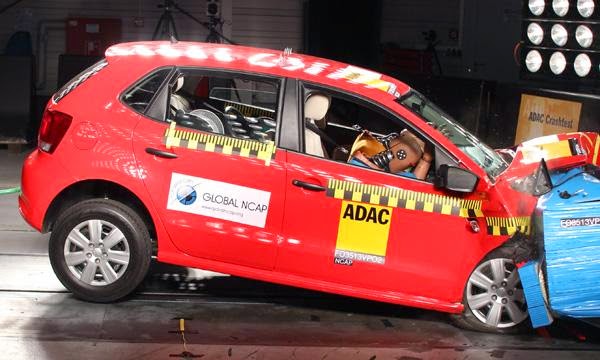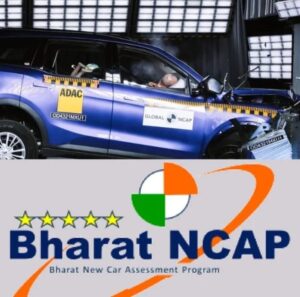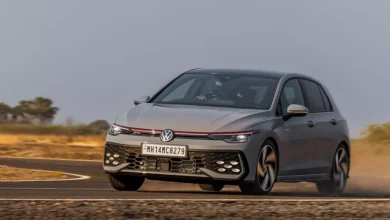Bharat NCAP: Why is it important, what needs to be done?

There is a strong case for Bharat NCAP to establish an India-specific car safety rating framework. However, government should ensure the required support and independence to evolve on its own to meet global testing protocols and standards, while also making the assessment mandatory for all car models.

The much-awaited Bharat New Car Assessment Programme (NCAP) has been officially launched in India, scheduled to come into effect from October 1 this year. Its primary goal is to raise awareness among consumers on safety performance of the cars they are considering to purchase, while also encouraging automakers to improve safety features and standards of their vehicles sold in the domestic market.
No doubt, an indigenous safety testing framework based on global best practices and scientific approach will go a long way in engaging the public on car crash safety and create awareness on the importance of critical technologies and safety equipment in passenger cars.
Equally, the manufacturers will strive to achieve high safety ratings for their cars to use crash safety as a marketing material to attract customers. As a corollary, they will invest in better R&D and packaging of safety technologies in their cars, thereby encouraging innovation that can naturally jack up the industry standards in India.
Is that everything?
First things first, we have to understand that the Bharat NCAP is neither mandatory nor a regulatory requirement. This means that automakers can voluntarily offer car models of their choice for testing and will not be penalised for not participating either.
Although, in certain cases, Bharat NCAP can procure cars (sold more than 30,000 units at the least) at their respective authorized dealerships and subject the same for crash tests on its own or at the insistence of MoRTH, even if the automaker has not volunteered to do so.
Most often, as is the case with other NCAPs globally, automakers may volunteer cars that will fare well in crash tests, while NCAPs often pick up those models that are bound to fail – simply to pep up their reputations in both the cases. That’s what they are supposed to do as business institutions, which is understandable.
Thus, after the roll-out of Bharat NCAP, we are likely to have safety ratings only for some cars – and not all. That too, most of those are likely to be the mass-market, budget cars. Moreover, the participating cars are more often going to be the ones volunteered by the automakers than those picked up by the testing organization relatively, thanks to higher cost variables that are involved in it.
Clearly, this scenario may neither serve consumer interests completely nor improve domestic car industry’s safety standards.
What needs to be done?

NCAPs across the globe have evolved over time, in terms of their testing protocols and parameters, stakeholder engagement, and overall credibility. First, a collaborative approach involving road safety and consumer (non-governmental) organizations, road safety experts, and international crash safety organizations can help Bharat NCAP catch up to global standards that are rigorous and more efficient.
To ensure its independence and autonomous functioning, the union government should ensure the required infrastructural and budgetary support to Bharat NCAP. The agency’s credibility should be upheld by ensuring zero influence or interference of automakers, manufacturers associations, and even MoRTH.
Second, in the years to come, Bharat NCAP evaluation for new cars must be made mandatory, thereby making its star ratings a regulatory requirements for automakers to sell their vehicles in India. Although the NCAP ratings cannot be made as a simple pass or fail criteria, just like the already existing safety norms that are prescriptive in nature, they can simply be made mandatory for all new cars models.
This move can serve the twin-purposes of making consumers aware of the safety performance of all car models available in the market, over and above the statutory requirements that are already in place, while also help automakers improve their safety R&D by making use of independent NCAP reports.
Why only passenger cars?
Third, it would be prudent for Bharat NCAP (together with NATRiP agencies) to introduce safety testing protocols for two-wheelers and commercial vehicles as well. Needless to say, India accounts for the largest chunk of two-wheelers users in the world, while trucks and buses have their fair share of accountability when it comes to road safety in India.
The introduction of crash safety ratings to two-wheelers and even commercial vehicles, along with the development of its own knowledge expertise and testing capabilities, can be a phenomenal value addition by Bharat NCAP to the global NCAP ecosystem.




